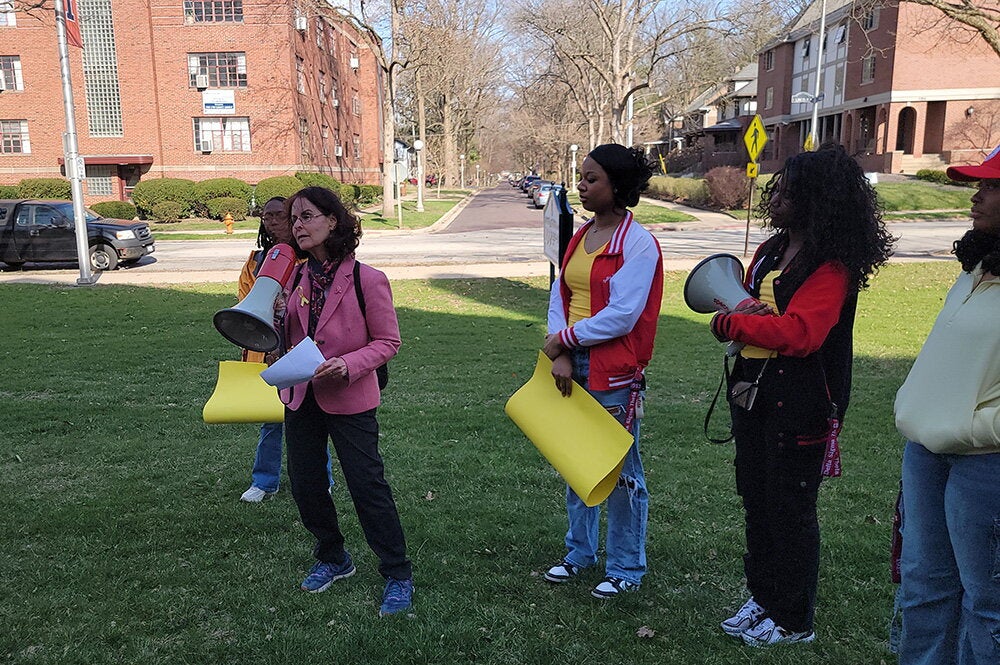

In the human body, nerve cells communicate with other cells at blazing speeds using a sophisticated system that is still not fully understood. However, LAS researchers have shed new light on how the flow of information is regulated between these neurons and skeletal muscle cells.
Information is carried in the form of charged particles, or ions, which flow from the neuron through the membrane of another cell. Researchers have long understood that when the neurotransmitter acetylcholine encounters a skeletal muscle cell, a "gated pore" or "ion channel" opens, allowing ions to flow through the cell's membrane, much the way that electrons flow through an electrical wire. What the University of Illinois team has done is infer, for the first time, the structure of this ion channel in its open form, says Claudio Grosman, professor of molecular and integrative physiology.
To study the intricacies of this process, the Illinois team, led by Grosman, developed a new method for probing the interior of an open gate. In 2005, they learned to map the relative position of every amino acid that forms the open ion channel; and in their most recent study, they extended this work to more distant portions of the protein.
Researchers in the past have been able to create images of a closed gate. But until now, they had not been able to do so with an open channel in a living cell.
After comparing the U of I findings on open channels with studies of the structure of closed channels, Grosman concluded that the changes that allow the gate to open are subtle. He says the five subunits that make up the channel do not rotate or pivot dramatically when opening the channel.
"There are many good reasons why I think a subtle conformational change is advantageous from an evolutionary point of view," he adds. Grosman points out that this subtlety allows acetylcholine to trigger the gate to open with staggering speed—within microseconds after exposure to the neurotransmitter.
"These ion channels are meant to be quick," he says. "If they are too slow, we have disease."


